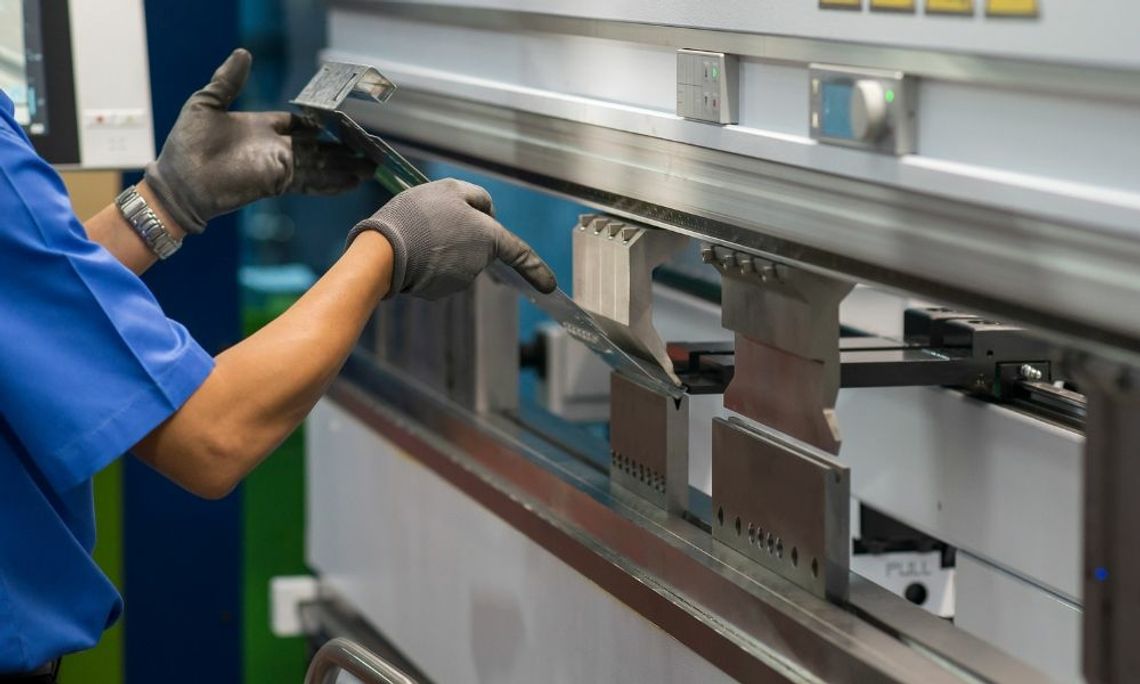Two of the most popular systems of operating tools and equipment are pneumatic and hydraulic. Each has its unique characteristics, making them more suitable for certain applications over others. But how do you decide which one is right for you? Let's break down the differences in terms of power, speed, and other key differentiators to help you make an informed decision when choosing between pneumatic vs. hydraulic tools.
Pneumatic Tools: Power at High Speed
Pneumatic tools, also known as air tools, are powered by compressed air. These tools are lighter and more portable than their hydraulic counterparts, making them a popular choice for applications that require mobility and ease of use. They are ideal for tasks that need high speed rather than high force, such as sanding, painting, polishing, or firing nails or staples for roofing, cladding, and flooring.
One significant advantage of pneumatic tools is their safety; there's little risk of contamination caused by leaks, as the system uses filtered, compressed air.
In terms of power, pneumatic tools deliver a constant torque and can run at high speeds, making them excellent for tasks that require precision. However, they might not provide the force needed for heavy-duty tasks.
Hydraulic Tools: Powerful and Robust
Hydraulic tools, on the other hand, are powered by fluid under pressure. They are known for their immense power and durability, making them ideal for heavy-duty applications like construction, mining, metal fabrication, or any job that requires substantial force. Equipment such as excavators, rock drills, and metal bending tools like press brakes are often powered by hydraulic systems.
Hydraulic tools can produce much more power than pneumatic ones, making them the go-to choice for applications that need high force over high speed.
Hydraulic tools also excel in terms of efficiency. They are capable of moving heavy loads with less wasted energy, making them more energy-efficient than pneumatic tools. However, they tend to be heavier and less portable, and leaks can lead to toxic emittance and contamination of the work environment as well as fires if the hydraulic fluid comes into contact with a heat source.
The Verdict
Choosing between pneumatic and hydraulic tools ultimately depends on your specific needs. If you require a tool that's light, portable, and capable of high-speed operation, pneumatic tools are your best bet. They're also safer due to the absence of flammable fluids.
However, if you need a tool for heavy-duty tasks that demand high power and force, hydraulic tools are the way to go. They're more robust and efficient, albeit less portable and with a higher fire and toxic exposure risk in case of leaks.
Remember, the right tool will not only make your job easier but also ensure safety and efficiency. Consider your application's requirements thoroughly before choosing between pneumatic and hydraulic tools.


Comment
Comments